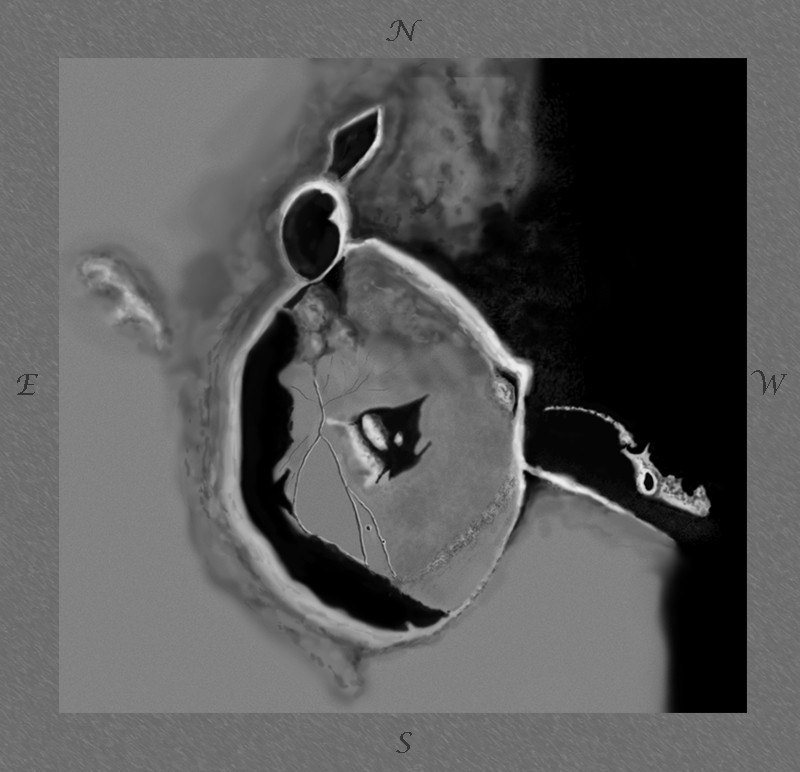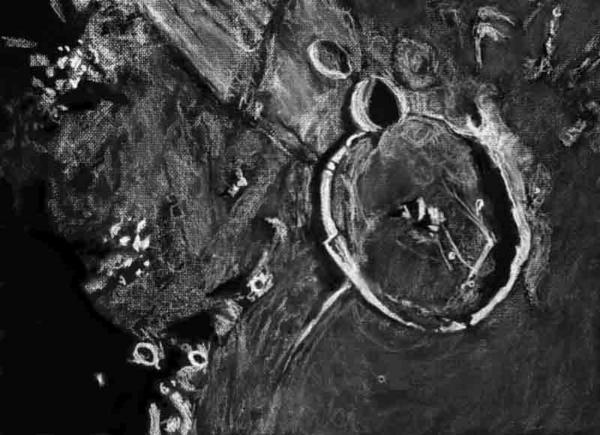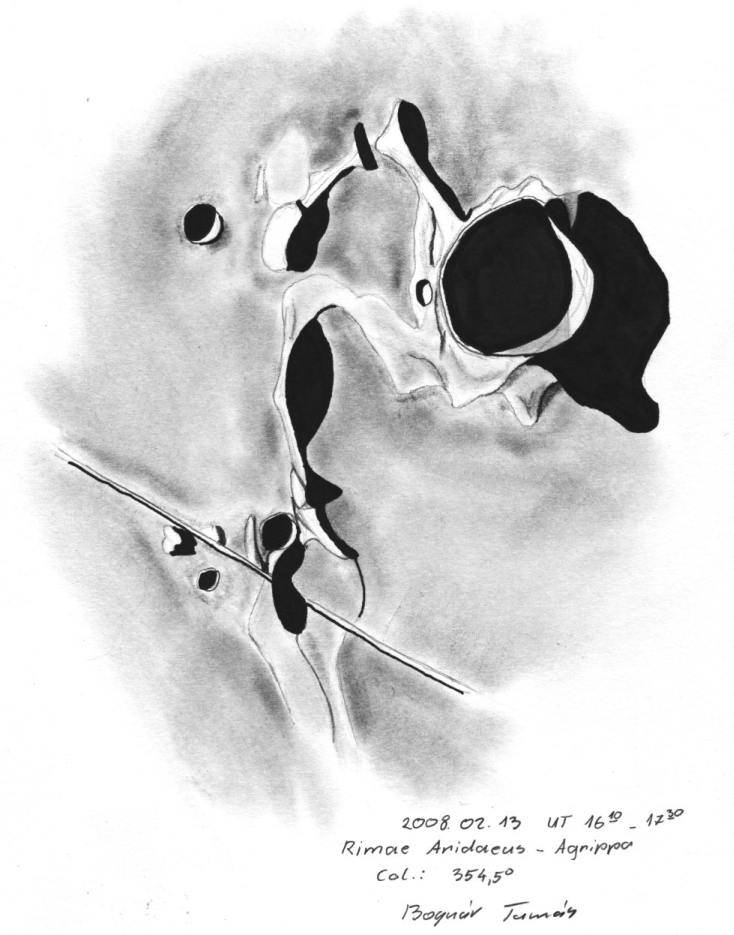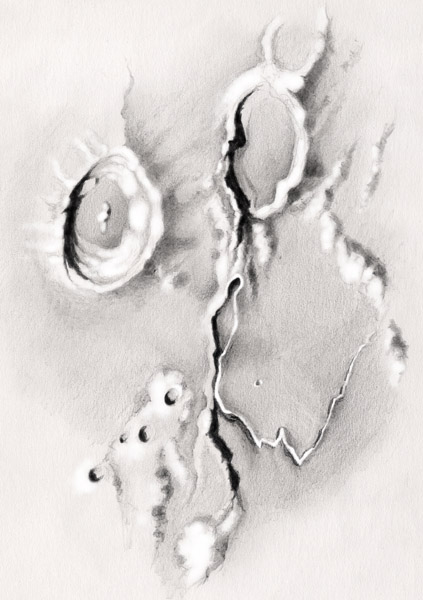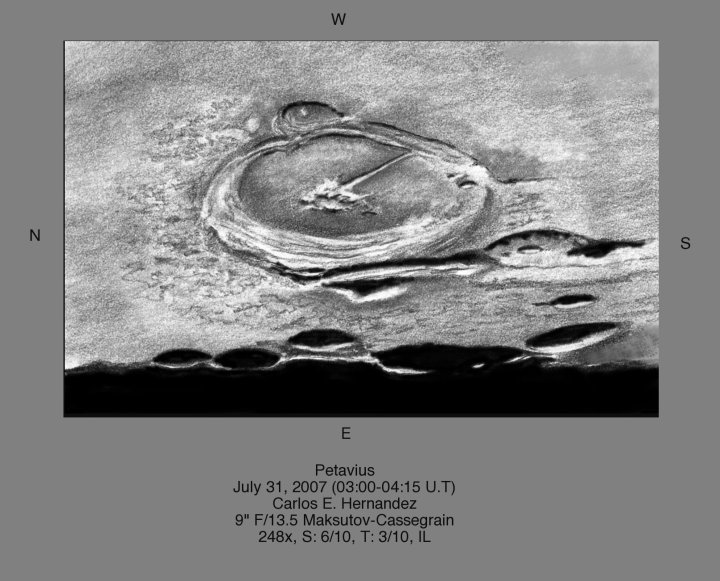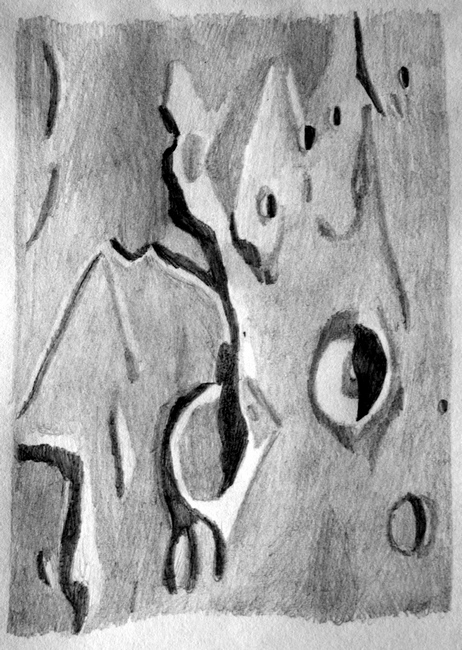
Lunar craters Aristarchus, Herodotus, Vallis Schröter
Sketch and Details by Tamás Ábrahám
Hello,
here is a sketch about Crater Aristarchus and Herodotus with Vallis Schröter.
The seeing was poor on this evening but the transparency was acceptable.
Details
Date: October 30, 2009
Equipment: 8 inch f/5 Newtonian reflector with 4 mm SW Planetary eyepiece
Location: Zsámbék, Hungary
Technique: white paper, black pencil
Regards,
Tamás Ábrahám
www.vadakcsillaga.hu




